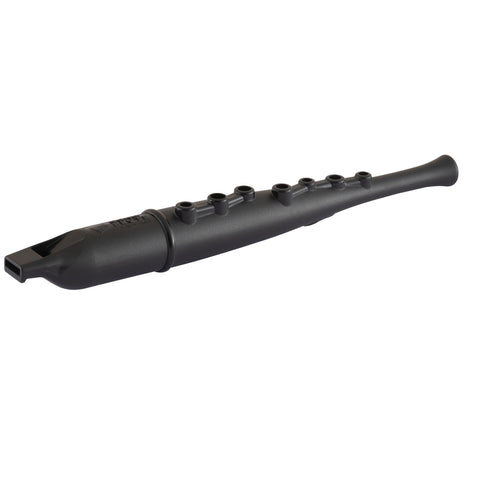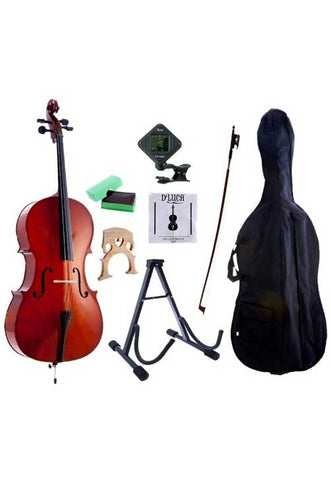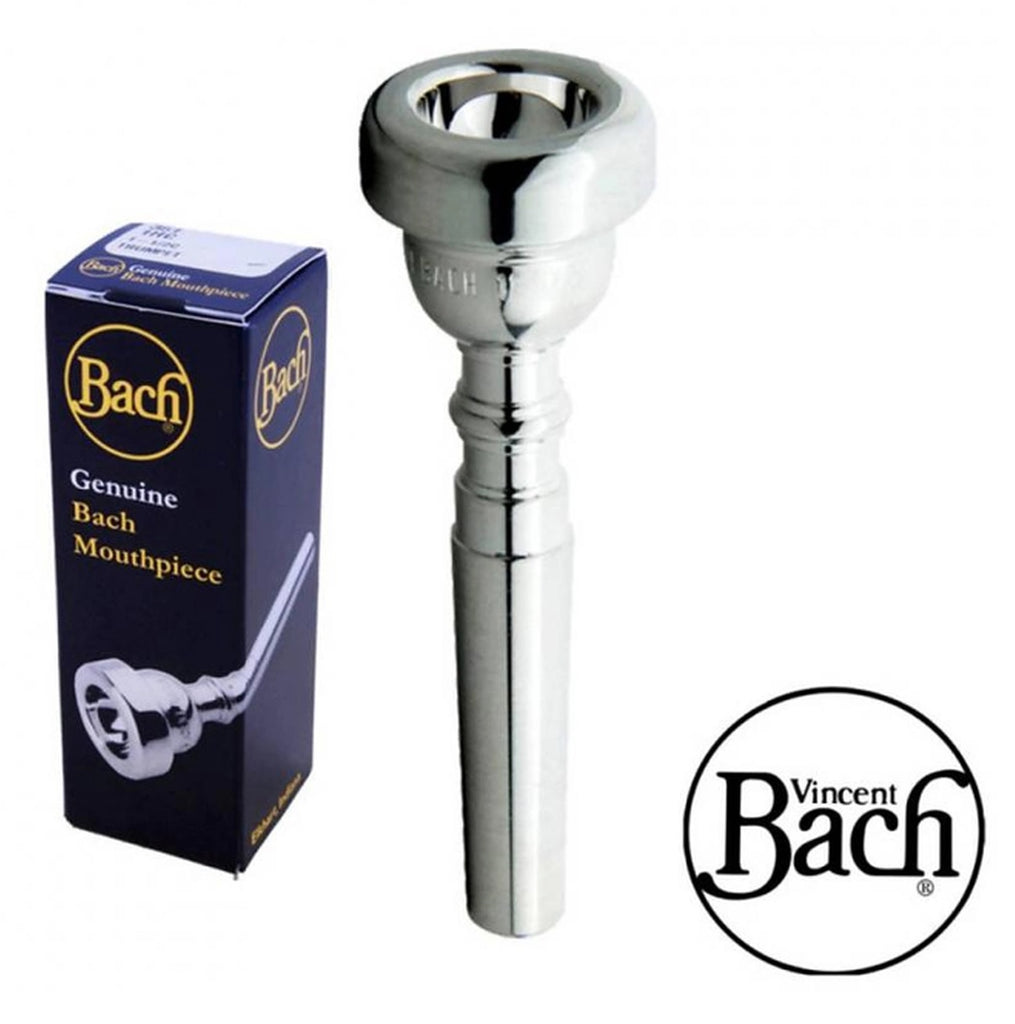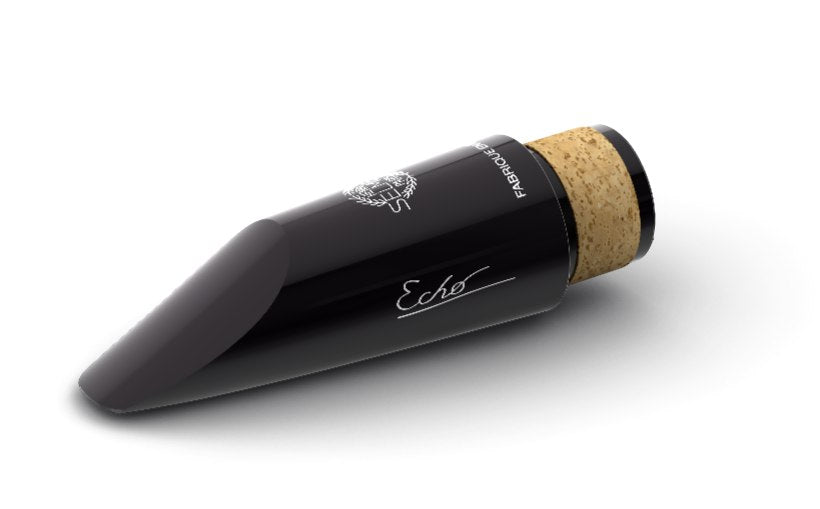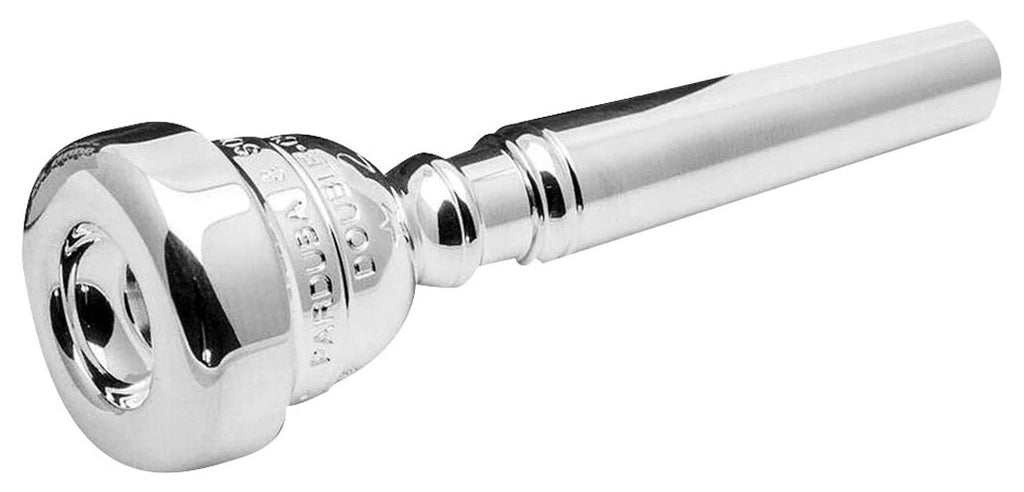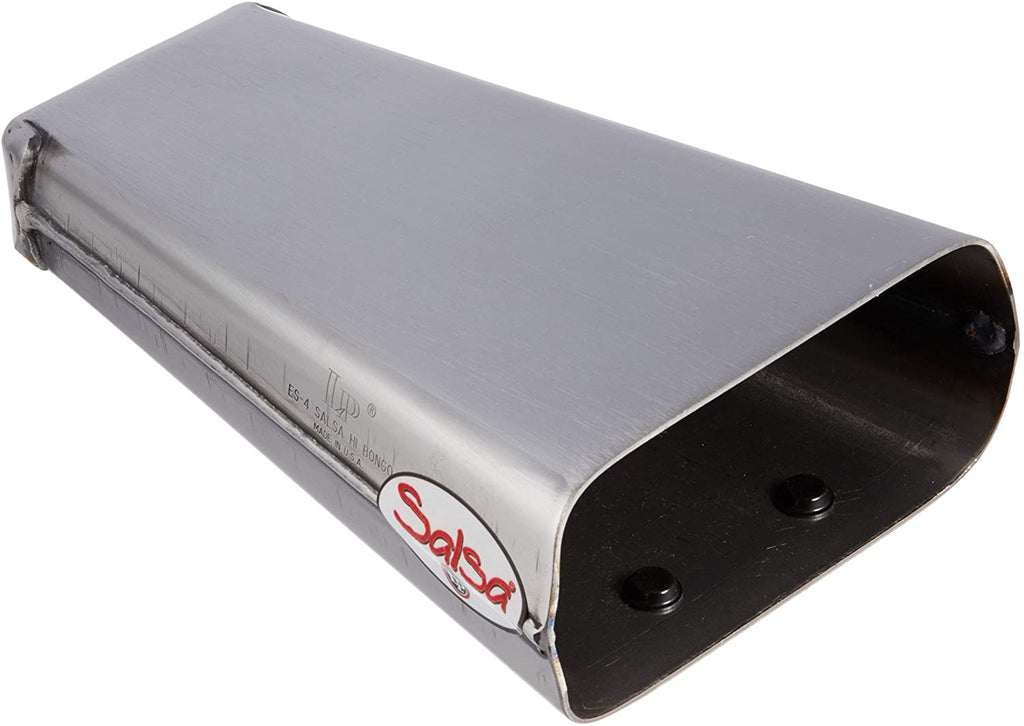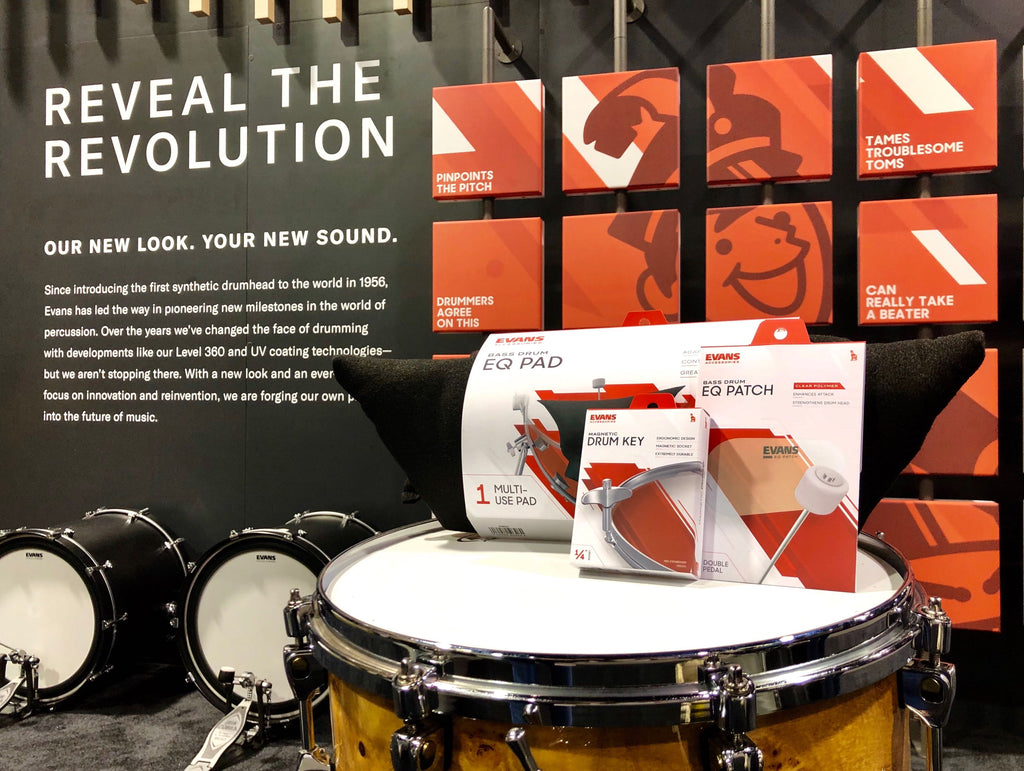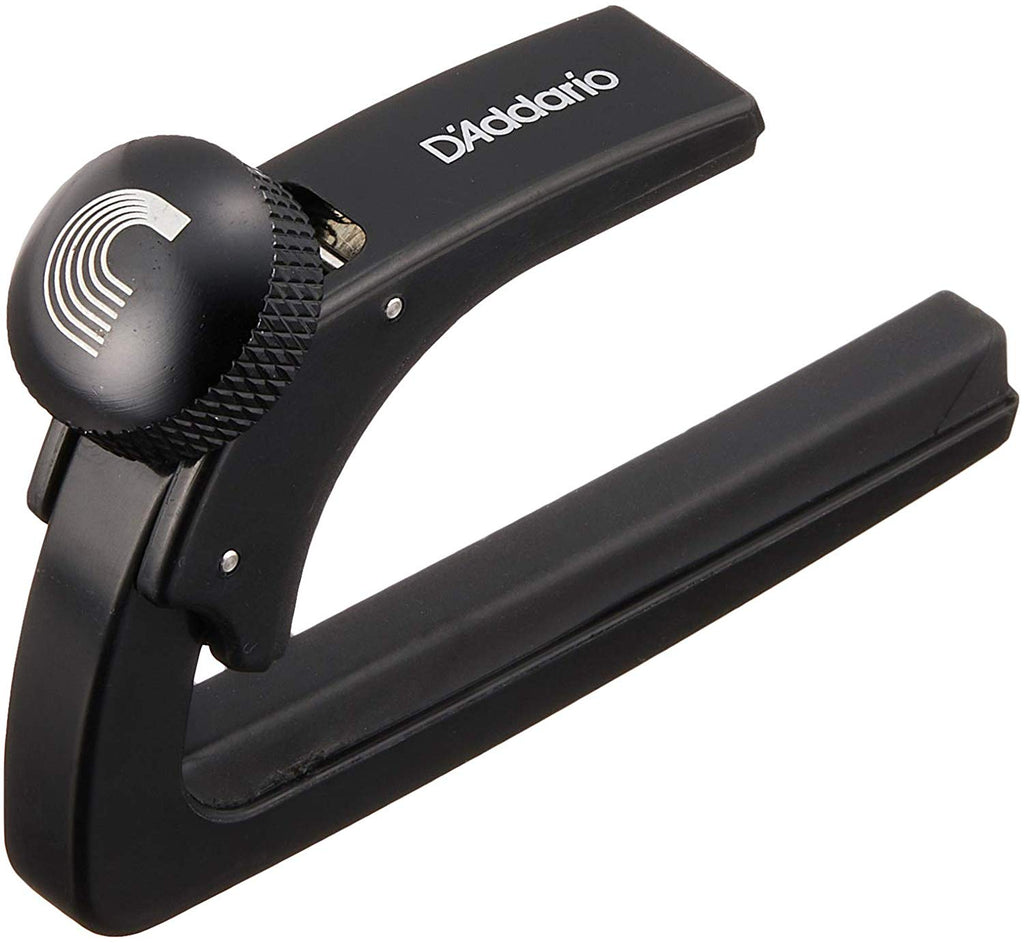Mallet Selection Guide
- News
- 01 Aug, 2019
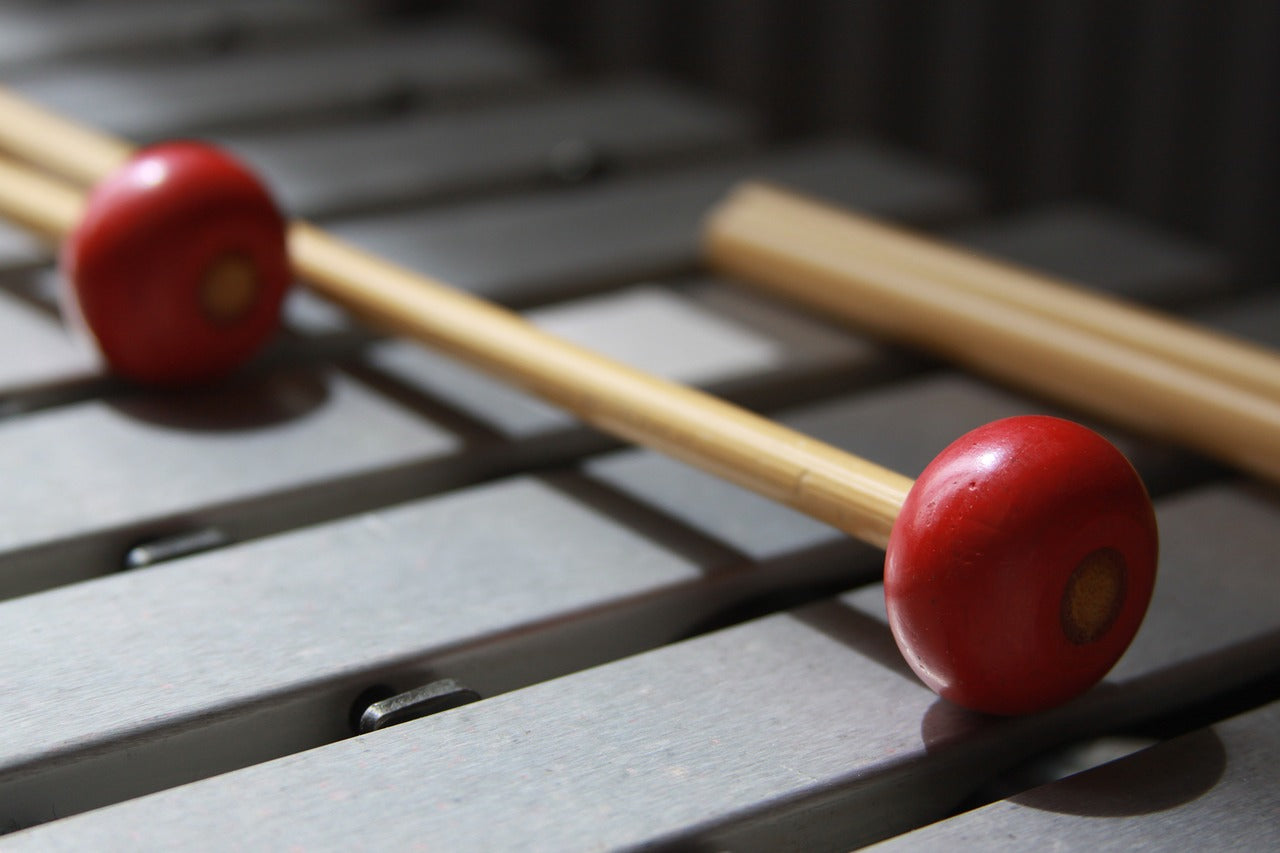
A percussion mallet or beater is an object used to strike or beat a percussion instrument in order to produce its sound.
Percussion mallets have an unmatched combination of core, wrap and shaft material that can accompany any type of music you compose. They’re used on four main instruments: the marimba, vibraphone, xylophone, and glockenspiel/bells. Mallets are traditionally assembled the same across the industry, beginning with the assembly of a core made from various sizes, shapes and materials, then to a shaft made of rattan or birch. This assembly is either wrapped or unwrapped, depending on the intended instrument.
Most mallets today are produced in a line, or series, of different hardness. As expected, soft mallets generally sound best in the lower range of the instrument and do not speak well in the upper register. Naturally, the opposite is true for harder mallets. We always recommend beginners start with a hard mallet, and then move up to a medium-hard, followed by a medium-soft. Try to avoid extremes, like very soft or two-toned, until you’re equipped with a comfortable selection of medium, general-purpose mallets.
Typically, there are four core shapes available:

Each shape has a wide variety of sizes and types of material that contribute to the overall sound of the mallet. Synthetic rubber is the most common core material for marimba and vibraphone mallets. Hard plastic with a latex covering is also popular.
There are basically only three different shaft materials within the assembly of keyboard mallets:
BIRCH: The most rigid natural shaft material
RATTAN: A natural material with a bit more flexibility than birch
FIBERGLASS: A synthetic shaft material with the least rigidity
Generally, we separate the wrap options for mallets by yarn, which is often found on marimba and speak best on wood keys, and cord, which are often found on vibraphone mallets and speak best on metal keys. By adjusting the tension, wrap layers, and wrap angles of your mallet, there are infinite opportunities to nuance your sound.
WHICH MALLETS SHOULD YOU BUY?
Use the table bellow to select the correct mallet for your Desired Articulation:

